A friend of mine once told me that his photography teacher admonished the class never to turn in a photograph of a sunset. Too obvious, too easy. How does one take a photograph that is beautiful, revelatory, and not repeat what has been done so many times before? The work of Stephen Shore work displays a natural eye as well as craft and experience in reframing memorable scenes—-scenes that we’ve all seen before, yet somehow look brand new. Shore’s neutral, detached tone forces us to look again, and think again, and then perhaps stop thinking and just observe. Many of the images in Stephen Shore’s exhibition at MoMA NYC (through April 28, 2018)–the gas stations, motels, Midwestern and Southern towns, and Western landscapes–are scenes embedded in my consciousness. Viewing this exhibition, I often felt transported to my own past, but in a way that let me see it anew.
Shore was born in New York City (1947), and his early photographs of Manhattan are where this exhibition starts off. Shore was a precocious lad, developing his first photographs at age six. By fifteen, he was demanding to show his work to Edward Steichen, MoMA’s Director of Photography. Steichen told his assistant that he was very impressed by the young man, impressed enough to purchase three of Shore’s pix for the permanent collection.
What struck me most about the New York City that Shore photographed in the mid-to-late sixties is how familiar that city still is. Shore shows us facial expressions, clothes, hairdos, that I swear I saw yesterday. The main difference is the cars in the streets, and automobiles have always looked like alien craft to me, at least on the streets of Manhattan. Take a look at New York, New York, 1964 or 1:35 a.m., in Chinatown Restaurant, New York, New York. I think I sat in that chair at that table last week. (The company was less notorious, however.) The latter photograph also brings us to the next portion of the Exhibition, Shore’s time spent at The Factory. (From which, by the way, Shore seems to have emerged remarkably unscathed.) We get to see Nico, Lou Reed, and other figures from that demimonde, with Warhol ubiquitous.
Shore developed his signature technique and vision after his time with Warhol and company. This vision is becoming increasingly evident in “Serial Images,” Shore’s photographs from 1969-1970. That’s is also when Shore began his travels around the USA.
Shore is probably best known for his large format photographs of the American landscape, or rather, people and objects set against that landscape. I spent much of my later childhood in the Houston area; my adolescence was spent in Southern California. (My parents performed several “geographics.”) Kanab, Utah, June 1972, took me right back to the childhood fishing trips my grandfather took me on. The photograph depicts a street scene in Utah, not East Texas, but the uniformity America has imposed on its landscape makes it all familiar. West 9th Avenue, Amarillo, Texas, October 2, 1974; 2nd Street, Ashland, Wisconsin, July 9, 1973; and U.S. 93, Wikieup, Arizona, December 14, 1976 all make this abundantly clear.
For a slightly deeper look into artificiality imposed on natural beauty, we have U.S. 97, South of Klamath Falls, Oregon, July 21, 1973. The beauty of Shore’s images takes a bit of the sting out of it, so we can reflect on the imposition of such interchangeable parts on unique environments. And nothing is a more iconic part of the American landscape than gas stations, the subject of innumerable depictions, from Edward Hopper to Walker Evans to R. Crumb. In Evans or Hopper, the buildings at least display some originality. In R. Crumb, gas stations are depressing hellholes under a web of overhead wires. For Shore, they’re simply part of our cityscape. How many of us have filled up the tank and taken a leak at a place like Beverly Boulevard and La Brea Avenue, Los Angeles, California, June 21, 1975? It’s all predictable and measurable and immensely profitable.
One of Shore’s most famous photographs is Merced River, Yosemite National Park, California, August 13, 1979. Again, we see great natural beauty with a human presence in the foreground. But this is a national park, so at least the human presence is actual human beings enjoying the day and the river, with no commercial interference. But how long is that going to last?
The last portion of the exhibition presents Shore’s work in Israel and on the West Bank, and in Ukraine, photographing Holocaust survivors. The photographs of the West Bank show us human traces, in the form of cemeteries and settlements. Shore’s detachment allows us to space to ponder where this is going. And the quiet, unobtrusive compassion of Shore’s photographs from Ukraine is remarkable. Uman, Cherkaska Province, Ukraine, July 22, 2012 asks us to ponder what that man, walking away from the camera with his bicycle on a forest path, must have seen in his life. And what those woods were witness to, not that long ago.
Gore Vidal once complained, “For half a century photography has been the ‘art form’ of the untalented.” Whatever wisdom Vidal may have displayed elsewhere, he was way off the case here.
Stephen Shore (stephen.shore) is now on Instagram, and one display in the exhibition gives us the opportunity to view his Instagram feed. Shore says Warhol would have loved Instagram. Trying to explain Instagram to a friend, I said, “you post pix, and people like them.”
Stephen Shore, The Museum of Modern Art, Through May 28, 2018.
–Franklin Mount
Photographs
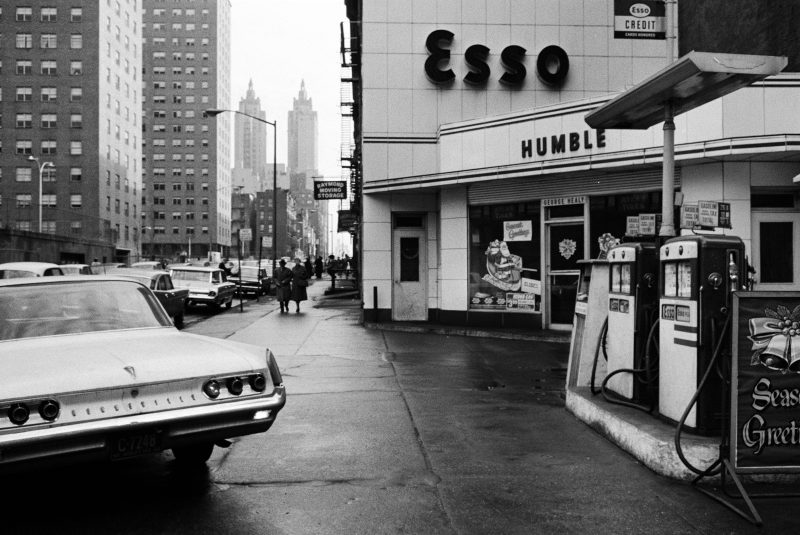
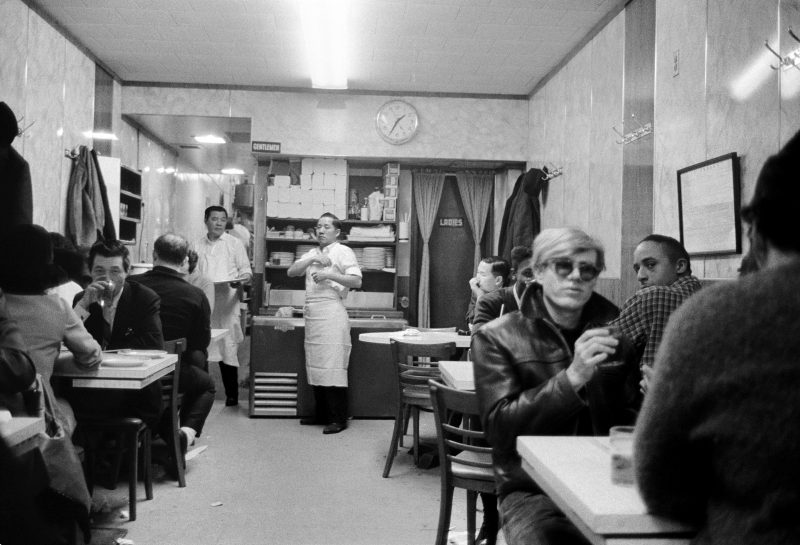
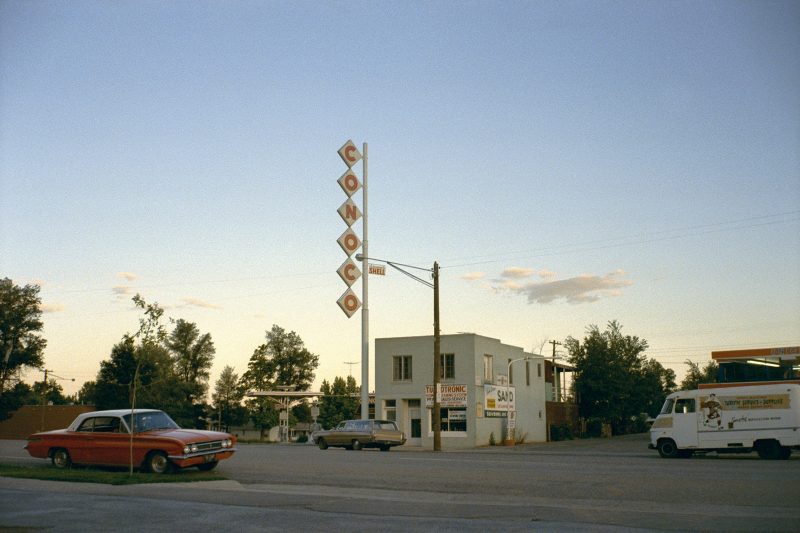
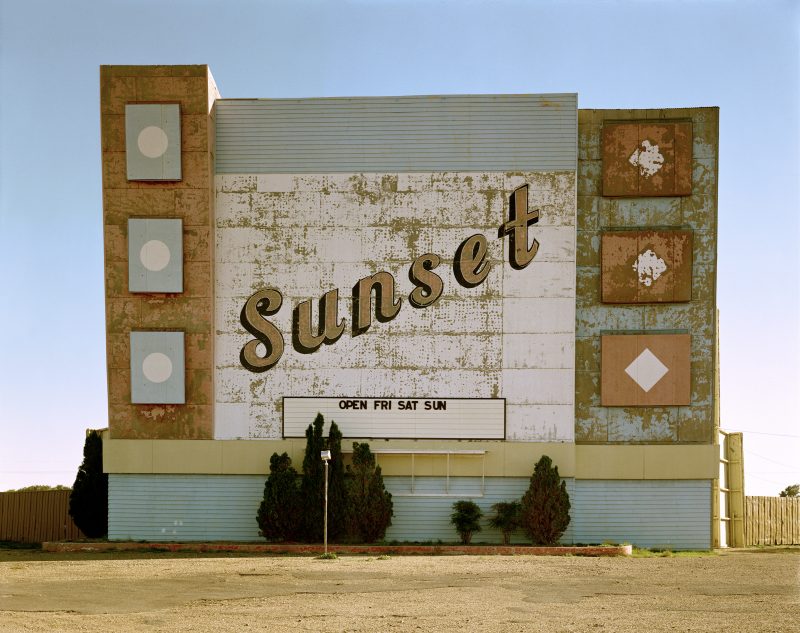
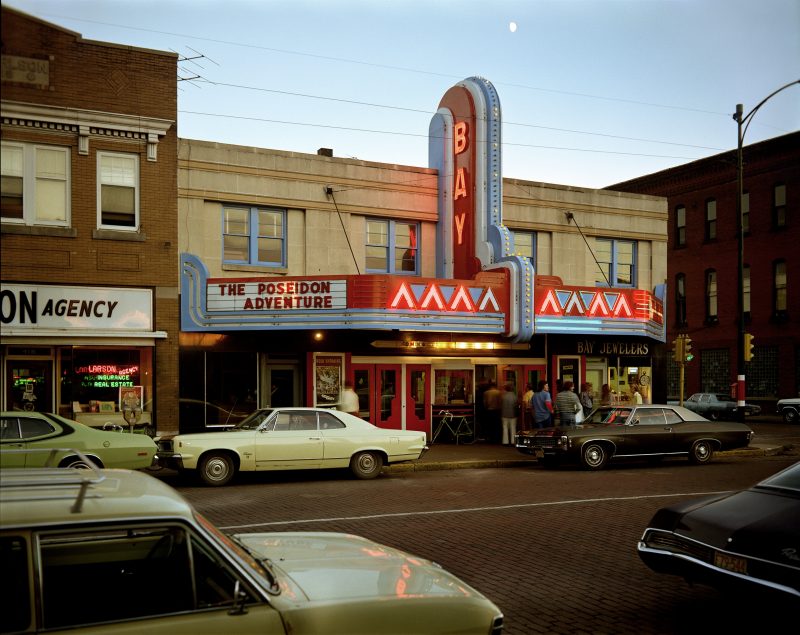
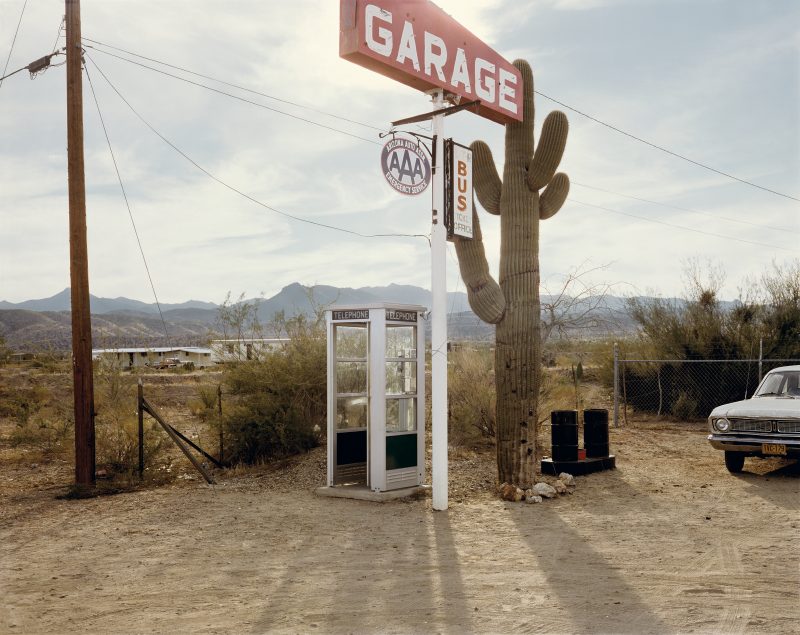
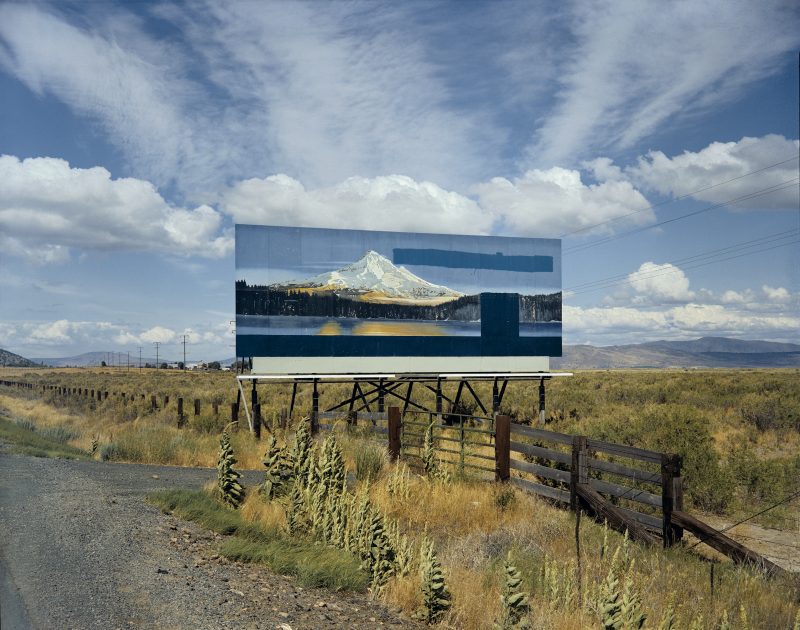
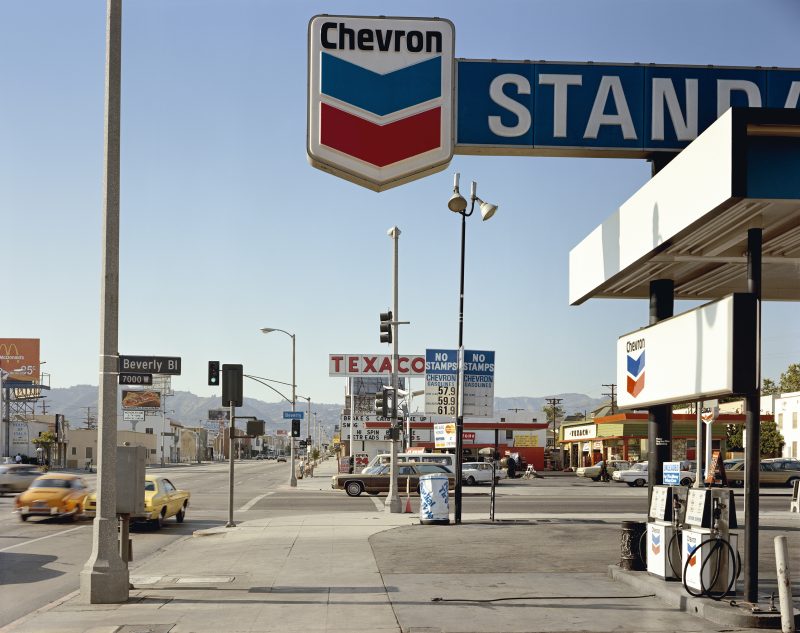
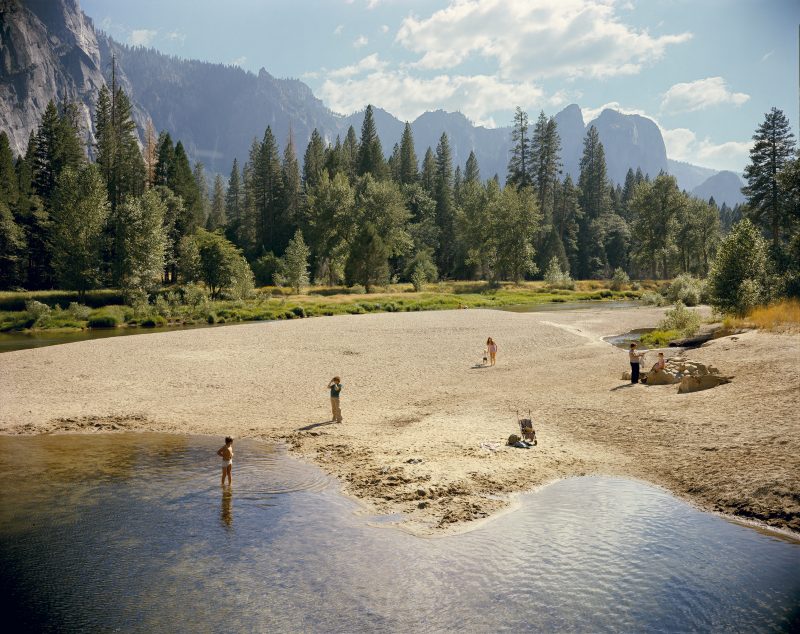
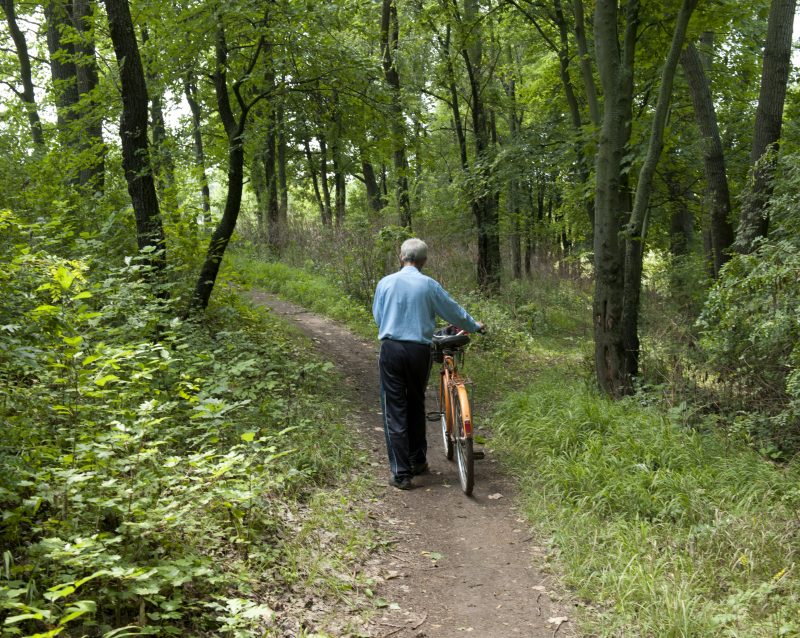
Hey Frank, Fred Weiler here. I saw this show with my daughter and it was great.